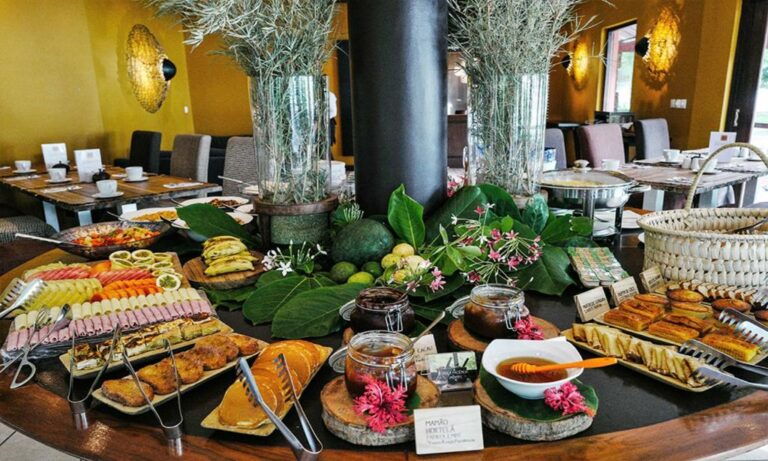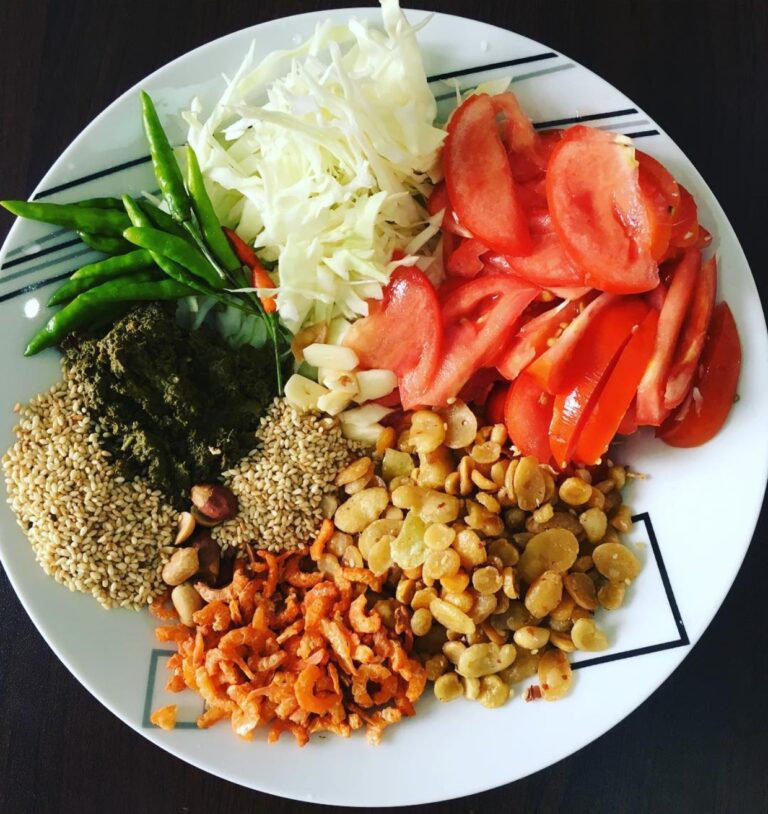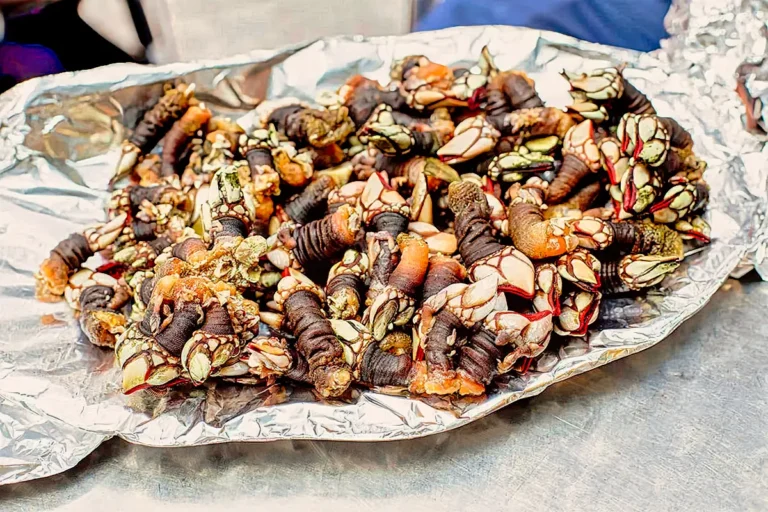Introduction: Exploring São Tomé and Príncipe Cuisine
São Tomé and Príncipe is a small island nation situated off the west coast of Africa. It has a rich culinary heritage that has been influenced by African, Portuguese, and local traditions. The cuisine of São Tomé and Príncipe is based on fresh, locally sourced ingredients such as fish, cassava, bananas, and palm oil.
Over the years, the cuisine of São Tomé and Príncipe has evolved due to the interactions between different cultures. The island’s location in the Atlantic Ocean made it an important stop for sailors and traders. As a result, the cuisine of São Tomé and Príncipe has been heavily influenced by African, Portuguese, and local traditions.
African Influences on São Tomé and Príncipe Cuisine
African cuisine has had a significant impact on the culinary traditions of São Tomé and Príncipe. The island’s location off the coast of Africa meant that it was a hub for African traders, who brought with them a variety of ingredients and cooking techniques.
One of the most popular dishes in São Tomé and Príncipe is Calulu, a stew made with fish, cassava leaves, and palm oil. This dish is believed to have originated in Angola and was brought to São Tomé and Príncipe by African slaves. Other African dishes that have influenced São Tomé and Príncipe cuisine include Muamba de Galinha, a chicken dish made with okra, and Moqueca, a fish dish made with coconut milk and palm oil.
Portuguese Influences on São Tomé and Príncipe Cuisine
Portuguese cuisine has also had a significant impact on the culinary traditions of São Tomé and Príncipe. The Portuguese arrived on the island in the 15th century and brought with them a variety of ingredients and cooking methods.
One of the most popular dishes in São Tomé and Príncipe is Feijoada, a stew made with beans, pork, and sausage, which is thought to have originated in Portugal. The Portuguese also introduced bread, wine, and cheese to the island.
Local Traditions in São Tomé and Príncipe Cuisine
Local traditions have also played an important role in shaping the cuisine of São Tomé and Príncipe. The islanders have developed their own unique culinary traditions, which have been passed down through generations.
One of the most popular dishes in São Tomé and Príncipe is Muamba de Peixe, a fish dish made with palm oil and vegetables. Another local dish is Angu, a porridge made with cassava flour and served with fish or meat.
Fusion Cuisine: The Intersection of Influences in São Tomé and Príncipe
The culinary traditions of São Tomé and Príncipe are a fusion of African, Portuguese, and local influences. This fusion has resulted in unique and flavorful dishes that are enjoyed by locals and tourists alike.
One example of fusion cuisine in São Tomé and Príncipe is Arroz de Marisco, a seafood rice dish that combines African and Portuguese ingredients and cooking techniques. Another example is the use of palm oil, a staple ingredient in African cuisine, in dishes that have Portuguese origins.
Conclusion: The Rich and Diverse Flavors of São Tomé and Príncipe Cuisine
São Tomé and Príncipe cuisine is a reflection of the island’s unique history and geography. Its rich and diverse flavors are a testament to the influence of African, Portuguese, and local culinary traditions. Visitors to São Tomé and Príncipe can expect to enjoy a variety of delicious dishes that are sure to tantalize their taste buds.




